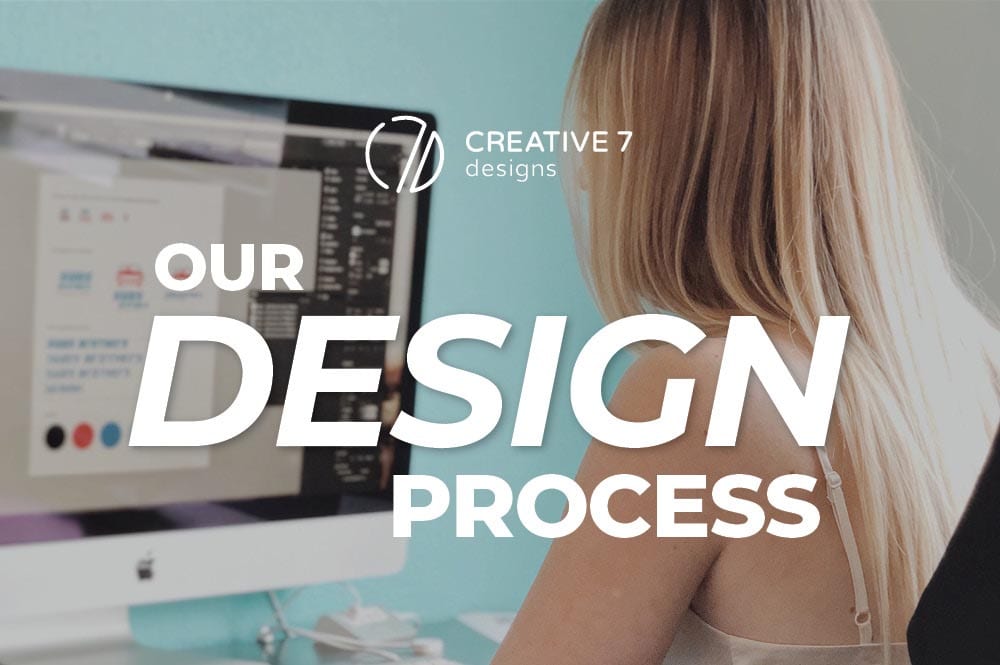If you have a creative idea, collaborating with a design team to bring that idea to life is always a unique experience, but listening to your graphic designer with an open mind could elevate your idea to levels you didn’t think were possible! It all starts with developing a listening ear as a client because, after all, your graphic designer is versed in designing and executing ideas — that is what they studied and that is what they get paid for. In this blog, we’re focusing on the client-designer relationship.
In this partial interview-style blog, Creative 7 Designs sits down with our graphic designer, Chloe, for a firsthand, professional perspective on the process of working with a client to execute a design project with minimal delays. Not only is Chloe talking about some of the common things clients do that might hinder the project’s progression, but she also breaks down why you can trust and listen to your graphic designer if a suggestion is made. Before we get into the interview, though, we’re going to understand why it’s important to listen to your graphic designer, from the professional perspective of our graphic designer.

Reasons why you should listen to a graphic designer:
- Trained as an applied arts graphic designer
- B.F.A in graphic design
- Years in the graphic design industry
- Created 200+ designs
With the information provided above, there’s no denying that this graphic designer has done their research on what customers want and how each business is perceived by the public. Likewise, this graphic designer has the hands-on experience needed in order to back up their knowledge! But, how can you trust your graphic designer?
Consider this scenario:
You’re in a hospital about to undergo surgery and you tell the surgeon and his team of medical professionals how they should perform surgery.
While that sounds absurd, that scenario in essence could reflect a non-designer telling a designer how to do their job. We have to remember that there are amateur designers (like your grandson doing a logo for you because he likes art) then there are professional designers who know what they’re talking about and are trained in their field (which is every designer that you can hire out of a firm).
Did you hire a designer for professional input and branding guidance, or to tell them what to do?
Graphic designers aren’t photoshop monkeys. As mentioned previously, a lot of research goes into the design process. There’s a lot of time taken and effort to learn about various cultures, personalities, applications, and the like. The role of the graphic designer is to be able to successfully translate words into visuals to elicit an emotional response in people!
Let’s consider Chloe’s perspective when it comes to helping a client develop an idea and getting into on paper, literally.
Q: What are some things that clients do that could hinder the design process for graphic designers?
C: When clients mention they have a deadline after you’ve already started designing.
Q: Why is this a potential hindrance for designers?
C: We can specifically talk about logo design, since it tends to be viewed as something simple. Designing a logo is actually not as simple as the end-product looks. Sometimes, it takes more than a couple of days. Sometimes, clients would ask for a “quick” logo or design and a “quick” logo that simply isn’t a thing when you’re working with a graphic designer who actually cares about giving you the best logo for your company.
Q: What else adds to that hindrance?
C: When a client says that they don’t know what they want and are therefore flexible, but then finding out that they actually do have a specific thing they like (or dislike) only after they see the logos you’ve made…
Q: So, it’s like you’ve already created several logos based on their approval for you to do so, but then they dislike it?
C: Right. The process gets extended if the client is picky with their design. Not saying that it isn’t OK for a client to be picky, but sometimes clients don’t realize they’re “picky” until after we’ve started working (and made progress) on their design.
Q: Could you give a specific example of clients who might be picky only after you’ve started the design process?
C: For example, sometimes I’ll create a logo and when it’s time for the client to review it, they’ll ask something like, “Nudge the design to the right, or a little to the left, up, or down,” and while there’s nothing wrong with that, chances are that I have already done that in my design process. Basically, anything a client can think of as a “fix” or something to “try,” I have already thought of and used my professional opinion to decide against such adjustments because it would not look right or would simply work against their brand.
Q: What do you do when clients ask for a design that is similar to a preexisting design?
C: When clients ask for a certain design to look like another logo that already exists, as much as I want to help, I can’t do that because of copyright and trademark laws. It’s simple and straightforward. I’d rather create something from scratch than risk a client getting exposed to legal issues because I didn’t professionally recommend against that. It’s safe to just take time to create something from scratch than plagiarize.
Q: Graphic designers also deal with designing brochures and the like. Have you ever had any issues with text and graphics?
C: Correct. Sometimes, a client won’t have their content completed but would request for a design. The thing about design and text is that the design template I create is basically being designed around text, not necessarily the other way around. Once I’ve completed the design template with filler words, the client might respond after with text that doesn’t fit the design template at all. For example, if I’ve designed a template to fit a one-paragraph piece of text, clients might provide me with an entire page of content. The issue is that the text either has to be revised to fit a one-paragraph space, or I have to re-design the entire design template. Either solution requires additional time that could’ve been avoided.
Q: So, it’s probably best for clients to finish their work before they ask you to design?
C: Precisely.
Q: When it comes to design, clients want to be apart of the design process.
C: Yes, and there’s nothing wrong with that. It’s just that sometimes clients think they know what they’re doing design-wise; however, they seem to forget that, as a graphic designer, we’ve designed dozens of logos and we understand how customers respond to visuals.
Graphic design isn't just art... it's applied art.
If you’ve hired a designer from a firm, the chances are that your designer has been trained in their field. If you listen to your graphic designer throughout the design process, you can rest assured that the final result will embody everything you wanted, just with a professional edge. Of course, we understand the entire design process is a two-way street of communication.
As such, Una Healy design reminds us that, “A good designer will listen to you in order to fully understand your goals. They can also supply you with useful advice and input into your project.”
Graphic designers know their field and would like you to trust that they do, too! Graphic designers have taken marketing classes and have studied the psychology of humans in order to better understand how color, shapes, emotion, and more in order to build trust among humans through visual communication. If graphic designers could do all of that then there’s no doubt that they could do that for a brand… your brand.


